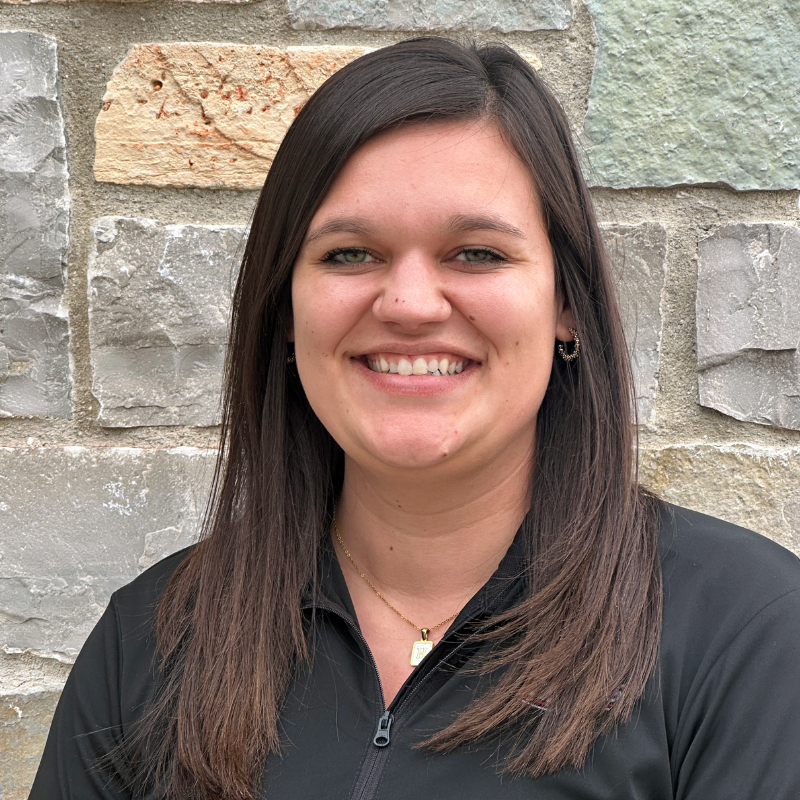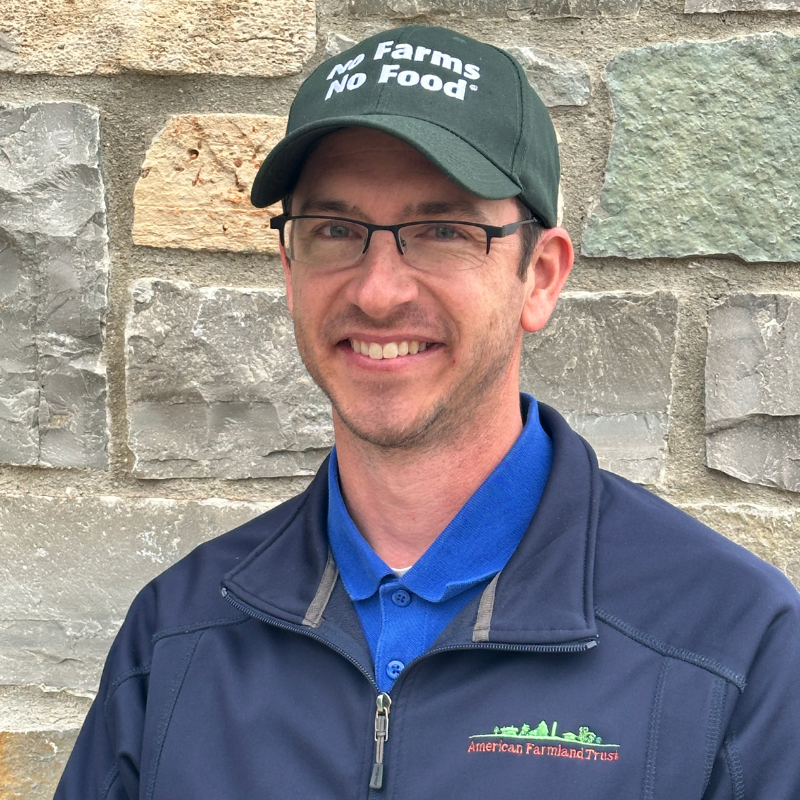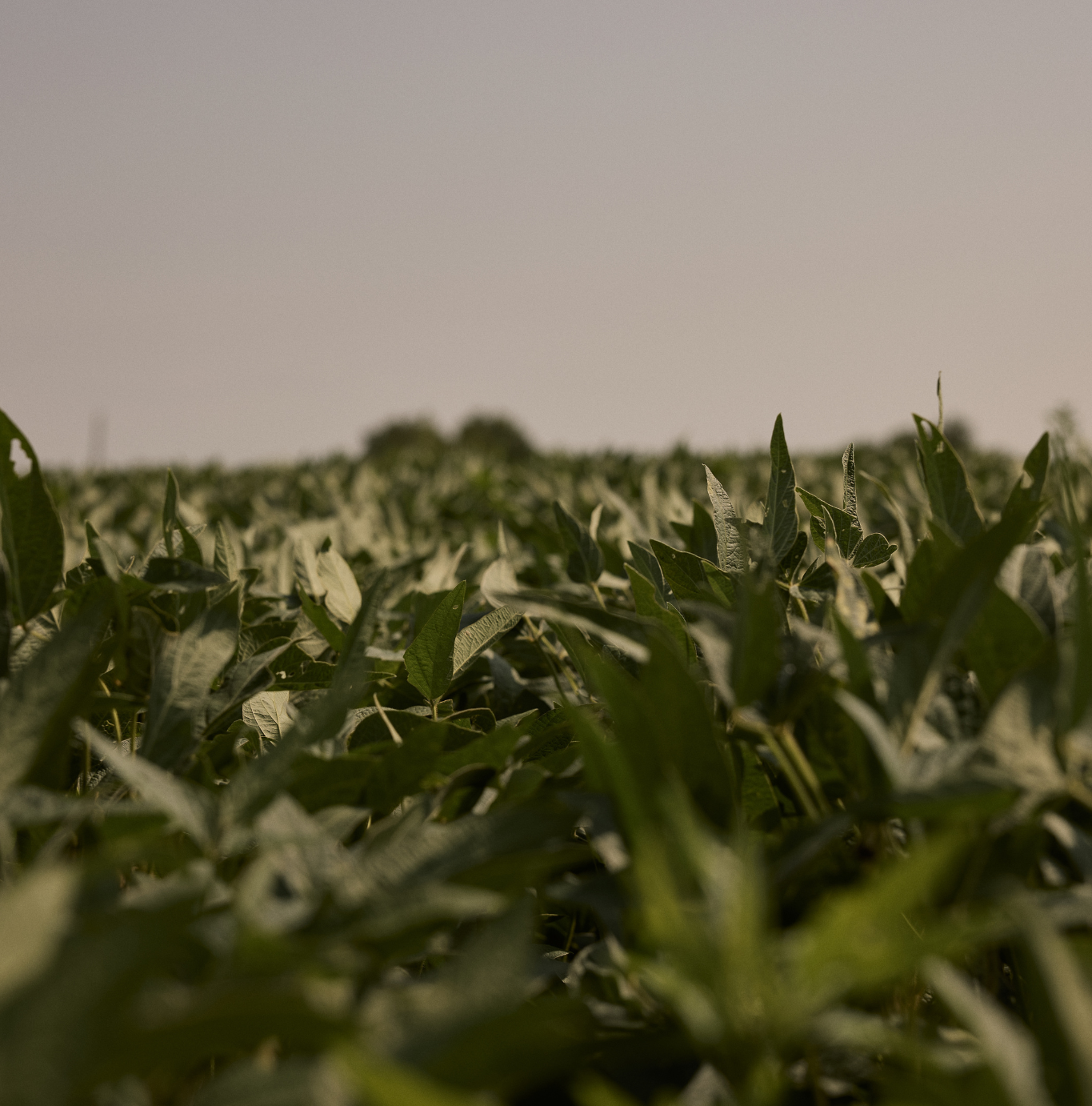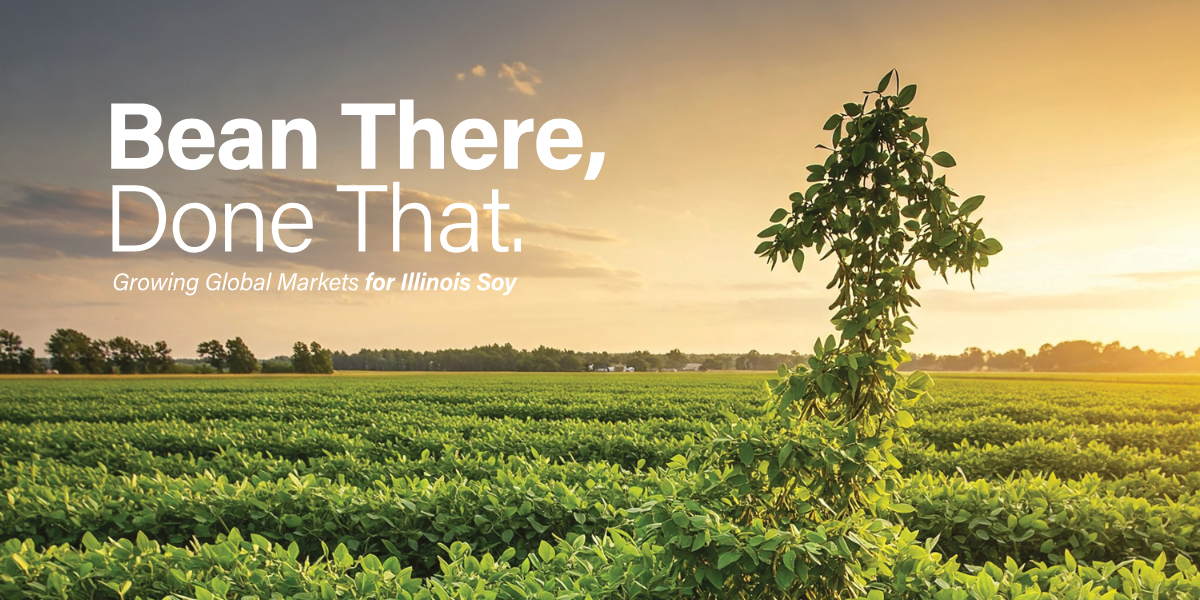Every growing season brings a new set of challenges—and opportunities. Illinois farmers must navigate in-season headwinds, evaluate management decisions and look for ways to improve the next year’s crop.
They’re constantly making high-stakes decisions.
That’s where we come in. Through the Illinois Soy Envoy program, we at the Illinois Soybean Association (ISA) are helping farmers make informed and timely management choices with trusted guidance straight from the field.
Launched in 2015 in partnership with Illinois Certified Crop Advisers (CCAs), the Soy Envoy program was built on a simple but powerful idea: deliver unbiased, practical agronomic recommendations to farmers exactly when they need them.
Our goal hasn’t changed, but our methods have evolved. Today, we share updates through the Field Advisor blog, podcast and social media platforms. We meet farmers where they are and in the formats they prefer.
About Our IL Soy Envoys
Each year, we select a small team of agronomic professionals from across the state to serve as our Soy Envoys. These individuals walk fields, scout crops and share real-time observations. Their insights reflect the diversity of conditions across Illinois. Their recommendations aren’t cookie-cutter. Instead, they’re grounded in firsthand experience, tailored to regional challenges and backed by ISA checkoff dollars to ensure objectivity and relevance.
The Soy Envoy program fosters trusted connections not only between agronomists and farmers, but also among crop advisers, researchers and industry professionals statewide. That collaboration is key to ISA’s broader mission of supporting farm profitability through on-farm research and region-specific agronomy.
The 2025 class of Soy Envoys reflects that mission. Chosen through a competitive application process, this year’s team brings soybean expertise in topics such as fertility management, conservation, pest and weed control, and production of high yields. We’ve intentionally selected Envoys from different regions so farmers across Illinois can benefit from locally relevant insight.
We’re proud to welcome this new crop of Soy Envoys and know they’ll add value to your growing season. We invite you to meet the Soy Envoys and learn their soybean growing-season strategies in the pages that follow.
Soybean Growing Season Tips From The 2025 IL Soy Envoys
Mike Wilson, CCA
Region Represented: Southeastern Illinois — from Crawford County west to Highway 57, south to Kentucky and east to the Wabash River
Title: Specialty Products Marketing Manager
Organization: Wabash Valley Service Company
Fun Facts:
- Started in the ag industry in the 1970s and once sold grass seed to NBA legend Larry Bird.
- Has experience spanning seed quality control, sales and biological inputs.
- Passionate about treating soybeans with the same precision as corn: “Soybeans need TLC from Memorial Day through Labor Day.”
2025 Soybean Growing Season Recommendations:
- Prioritize Management: You cannot pay too much attention to your soybean crop. Stand counts are just as important in soybeans as in corn. Keep those beans growing. Check for deficiencies and pest issues.
- Protect Leaf Canopy: Remember, this is really simple: Leaves are a solar collection device. No sunlight means no energy! If you want to stress your beans to shorten internodal distance, do it early. Do not damage leaf tissue.
- Break the Mold: If you aren’t satisfied with your soybean yields, blow up your strategy. The biggest yield limiting factor is the phrase, “Well, that’s the way I’ve always done it.”
- Try Something New: Pick out two or three new practices or products to try each year. With today’s tech, on-farm research is easier than ever. If you struggle with the tech side, find a trusted adviser—that’s what CCAs are for.


Dr. Matt Montgomery, CCA
Region Represented: Central and West Central Illinois (south of Decatur)
Title: Agronomy Education Lead
Organization: Beck’s Hybrids
Fun Facts:
- Served nearly two decades with University of Illinois Extension.
- Known for clear, practical agronomy insights and frequent fieldwork.
- Passionate about lifelong learning: “Be a season-long learner.”
2025 Soybean Growing Season Recommendations:
- Slow Down to Get It Right: Soybean management is a lot like math homework. Most of the time, the job is to “get it done right” and not “get it done quickly.”
- Start Strong: How you start the season influences how you end the season. If we neglect depth checks, soil conditions or starting clean, we put limits on yield potential.
- Scout and Learn: Get a notebook, scout like crazy, write down your observations and then write down ideas about how you can avoid those issues next time around.
- Nudge Planting Earlier: Earlier planting adds bushels. Don’t feel like you have to make a huge change all at once—nibble at the cookie and shift gradually.
Haley Brokate, CCA
Region Represented: East Central Illinois (Champaign, Vermilion, Douglas, Edgar and Clark counties)
Title: Key Account Manager
Organization: Illini FS
Fun Facts:
- Active Illinois CCA Board member.
- Six years of agronomy sales experience.
- Known for proactive problem-solving and relationship-building with farmers.
2025 Soybean Growing Season Recommendations:
- Plan Ahead for Weeds: It’s critical to keep fields clean from the start. Plan to start controlling winter annuals in the fall.
- Use Layered Residuals: Ensure you have a proactive approach using overlapping residuals. No soybean trait platform is bulletproof.
- Scout to Stay Ahead: Waiting until there’s a problem usually costs more in both time and yield. Scouting helps anticipate what might need to be tweaked in future passes.
- Adjust with Insight: Recurring issues from scouting—diseases, nutrient deficiencies, weed escapes—should inform next year’s crop plan.


Torey Colburn, CCA
Region Represented: North Central Illinois
Title: Midwest Conservation Agronomist
Organization: American Farmland Trust
Fun Facts:
- Independent agronomist turned conservation advocate.
- Promotes cover-crop integration into soybean systems.
- Encourages reflection: “Be your own worst critic.”
2025 Soybean Growing Season Recommendations:
- Plant Early: The data show significant yield advantages when you can get beans planted early. Soybeans are more forgiving than we think.
- Scout Smart, Act Fast: Timely herbicide applications are essential. Missed opportunities are usually what lead to waterhemp disasters.
- Try New Strategies: Don’t be afraid to change your management. Using cereal rye as a cover crop could be key to solving persistent issues.
- Reframe Challenges: Ask not “Why did my herbicide fail?” but “How can I manage differently?” Innovation starts with better questions.
Byron Hendrix, CCA
Region Represented: West Central Illinois
Title: Owner and Agronomist
Organization: Agronomy 1st LLC
Fun Facts:
- Certified Crop Advisor since 2003.
- Deeply experienced with Corteva’s Enlist Weed Control System.
- Expert in tank-mix adjuvants and weed identification.
2025 Soybean Growing Season Recommendations:
- Use a Two-Pass Program: Utilizing a two-pass weed control system (pre-emergence or burndown, followed by post-emergence) is key to clean fields.
- Spray Small Weeds: Spray summer annual weeds at 4 inches or less. Control at this stage gives beans the best chance to canopy.
- Match Population to Plant Type: Match planting population to soybean plant characteristics to achieve a lush, full canopy.
- Tailor Tillage: Know your weed profile before tilling. Large-seeded versus small-seeded weeds require different strategies, especially if planting is delayed.


Seth Wiley
Region Represented: Northern Illinois (LaSalle, Lee, Ogle, and DeKalb Counties)
Title: Farm Manager
Organization: Babson Farms Inc.
Fun Facts:
- Works closely with tenants on cropping decisions.
- Still active in his family farm.
- Integrates crop insurance, drainage and agronomy.
2025 Soybean Growing Season Recommendations:
- Plant Early: Plant beans in April. Your goal is to have soybeans flowering by the summer solstice.
- Corn-on-Corn Bonus: Fields with a corn-on-corn history have consistently shown higher soybean yields.
- Watch for Halo Effect: Early planted soybeans with BASF’s ILEVO seed treatment might show a “halo effect” in cooler temps. It’s not usually a yield robber, but it’s something to note when selecting treatments.
- Use Checkoff Resources: Learn more about herbicide sensitivity and seed treatment interactions through ISA checkoff-funded research.
Recent Articles
This exclusive issue of Illinois Field & Bean Magazine covers checkoff-funded research projects and their findings, as told by the research leads themselves.
By
Meet Bean There, ISA's International Market Development blog that covers events, conferences, trade missions and farm visits to connect Illinois soy with industry representatives, key trade partners, global buyers and more.
By Emma Peters, ISA International Markets Coordinator

